Appearance Colorless liquid Boiling point 108 °C Molar mass 74.122 g/mol | Formula C4H10O Density 802 kg/m³ | |
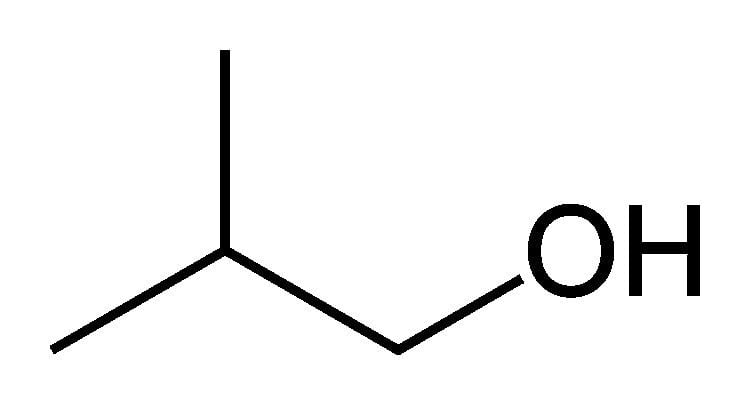 | ||
Related compounds | ||
Isobutanol (IUPAC nomenclature: 2-methylpropan-1-ol) is an organic compound with the formula (CH3)2CHCH2OH (sometimes represented as i-BuOH). This colorless, flammable liquid with a characteristic smell is mainly used as a solvent. Its isomers, the other butanols, include n-butanol, 2-butanol, and tert-butanol, all of which are important industrially.
Contents
- Production
- Biosynthesis of Isobutanol
- Cyanobacteria
- Bacillus subtilis
- Saccharomyces cerevisiae
- Ralstonia eutropha
- Applications
- Second generation biofuel
- Safety and regulation
- References
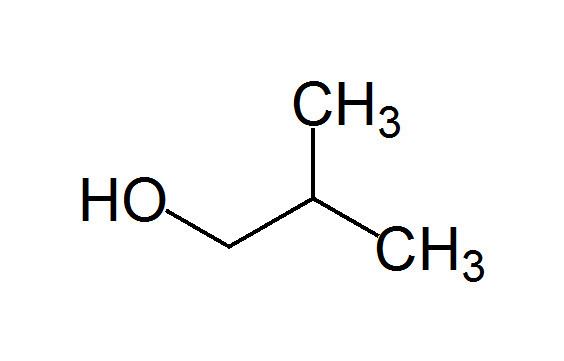
Production

Isobutanol is produced by the carbonylation of propylene. Two methods are practiced industrially, hydroformylation is more common and generates a mixture of isobutyraldehydes, which are hydrogenated to the alcohols and then separated. Reppe carbonylation is also practiced.
Biosynthesis of Isobutanol
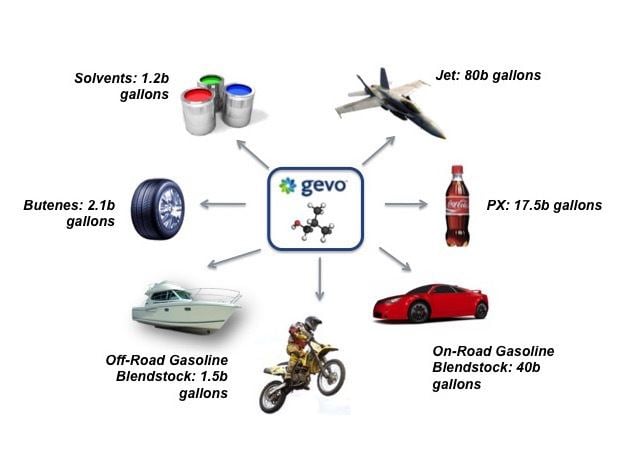
Higher-chain alcohols have energy densities close to gasoline, are not as volatile or corrosive as ethanol, and do not readily absorb water. Furthermore, branched-chain alcohols, such as isobutanol, have higher-octane numbers, resulting in less knocking in engines. Although produced naturally during the fermentation of saccharides and may also be a byproduct of the decay process of organic matter, Isobutanol or C5 alcohols have never been produced from a renewable source with yields high enough to make them viable as a gasoline substitute before the 2008 Nature article that produced over 20g/L isobutanol from glucose in E.coli.
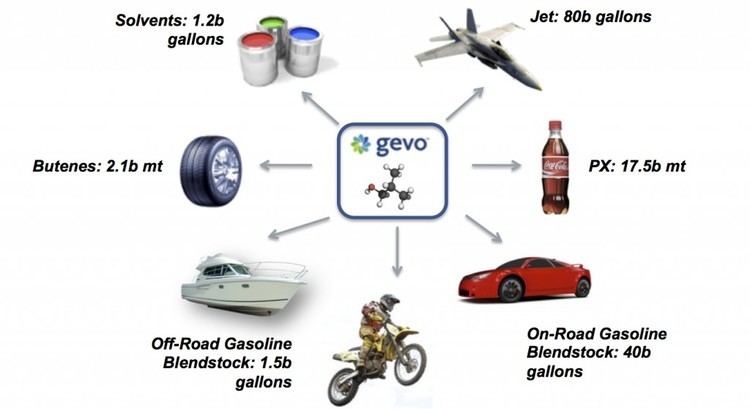
To modify an organism to produce these compounds usually results in toxicity in the cell. This difficulty was bypassed by leveraging the native metabolic networks in E. coli but altered its intracellular chemistry using genetic engineering to produce these alcohols. Key pathways in E. coli were modified to produce several higher-chain alcohols from glucose, including isobutanol, 1-butanol, 2-methyl-1-butanol, 3-methyl-1-butanol, and 2-phenylethanol. This strategy exploits the E. coli host's highly active amino acid biosynthetic pathway by shifting part of it to alcohol production. It is proposed that these unusual alcohols can be produced as efficiently as the biosynthesis of ethanol.
Escherichia coli
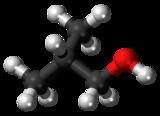
Escherichia coli, or E. coli, is a Gram-negative, rod-shaped bacteria. E. coli is the microorganism most likely to move on to commercial production of isobutanol. In its engineered form E. coli produces the highest yields of isobutanol of any microorganism. Methods such as elementary mode analysis have been used to improve the metabolic efficiency of E. coli so that larger quantities of isobutanol may be produced. E. coli is an ideal isobutanol bio-synthesizer for several reasons:
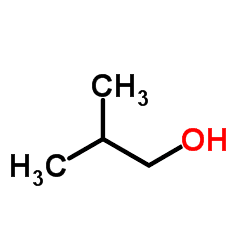
The primary drawback of E. coli is that it is susceptible to bacteriophages when being grown. This susceptibility could potentially shut down entire bioreactors.
Clostridium
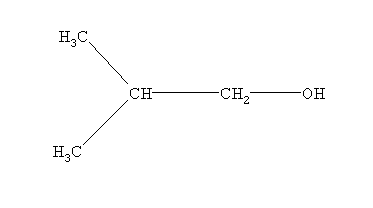
While cellulosic biomass like corn stover and switchgrass is abundant and cheap, it is much more difficult to utilize than corn and sugar cane. This is due in large part because of recalcitrance, or a plant's natural defenses to being chemically dismantled. Adding to the complexity is the fact biofuel production that involves several steps—pretreatment, enzyme treatment and fermentation—is more costly than a method that combines biomass utilization and the fermentation of sugars to biofuel into a single process.
To make the conversion possible, researchers had to develop a strain of Clostridium cellulolyticum, a native cellulose-degrading microbe, that could synthesize isobutanol directly from cellulose. This proof of concept research sets the stage for studies that will likely involve genetic manipulation of other consolidated bioprocessing microorganisms.
Cyanobacteria
Cyanobacteria, are a phylum of photosynthetic bacteria. Cyanobacteria are suited for isobutanol biosynthesis when genetically engineered to produce isobutanol and its corresponding aldehydes. Isobutanol producing species of cyanobacteria offer several advantages as biofuel synthesizers:
The primary drawbacks of Cyanobacteria are:
Bacillus subtilis
Bacillus subtilis is a gram-positive rod-shaped bacteria. Bacillus subtilis offers many of the same advantages and disadvantages of E. coli, but it is less prominently used and does not produce isobutanol in quantities as large as E. coli. Similar to E. coli, Bacillus subtilis is capable of producing isobutanol from lignocellulose, and is easily manipulated by common genetic techniques. Elementary mode analysis has also been used to improve the isobutanol-synthesis metabolic pathway used by Bacillus subtilis, leading to higher yields of isobutanol being produced.
Saccharomyces cerevisiae
Saccharomyces cerevisiae, or S. cerevisiae is a species of yeast. S. cerevisiae naturally produces isobutanol in small quantities via its valine biosynthetic pathway. S. cerevisiae is an ideal candidate for isobutanol biofuel production for several reasons:
Overexpression of the enzymes in the valine biosynthetic pathway of S. cerevisiae has been used to improve isobutanol yields. S. cerevisiae, however, has proved difficult to work with because of its inherent biology:
Ralstonia eutropha
Ralstonia eutropha is a gram-negative soil bacterium of the betaproteobacteria class. Ralstonia eutropha is capable of converting electrical energy into isobutanol. This conversion is completed in several steps:
This method of isobutanol production offers a way to chemically store energy produced from sustainable sources.
Applications
Isobutanol has a variety of technical and industrial applications:
Second-generation biofuel
Isobutanol can be used as a biofuel substitute for gasoline in the current petroleum infrastructure. Isobutanol has not yet been put into mainstream use as a biofuel and would serve as a replacement for ethanol. Ethanol is a first-generation biofuel, and is used primarily as a gasoline additive in the petroleum infrastructure. Isobutanol is a second-generation biofuel with several qualities that resolve issues presented by ethanol.
Isobutanol's properties make it an attractive biofuel:
Safety and regulation
Isobutanol is one of the least toxic of the butanols with an LD50 of 2460 mg/kg (rat, oral).
In March 2009, the Canadian government announced a ban on isobutanol use in cosmetics.
